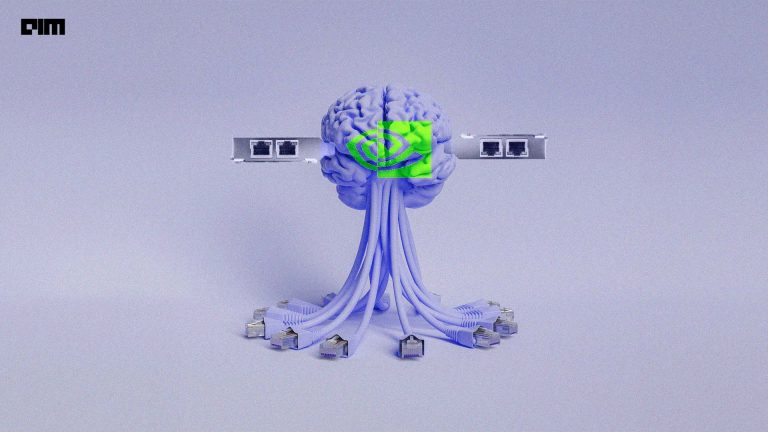Researchers from Facebook AI recently introduced a new network design paradigm known as RegNet. RegNet – or Regular Networks – is a low-dimensional design space that consists of simple, regular networks. The researchers analyzed the RegNet design space and arrived at interesting findings, which are a unique match to the current practice of network design.
Facebook AI Research (FAIR) is at the forefront of deep learning techniques. The social media giant has been focused on building products on several domains. This includes open-sourcing AI tools, Building Perception, Facial Recognition with DeepFace, and DeepText, among others.
Visual recognition techniques such as ResNet, LeNet, and AlexNet have gained much traction over the past few years. It helps in the advancement of both effectiveness of neural networks, as well as in the understanding of network design, in case network instantiations and design principles can be generalized and applied to numerous settings.
Behind RegNet
To find simple models that are easy to understand, build upon, and generalize, the researchers presented a new network design paradigm that combines the advantages of manual design and Neural Architecture Search (NAS). Neural Architecture Search (NAS) overcomes the limitations of manual network design, and helps find a suitable model within a fixed search space of possible networks.
Unlike manual design, this work took advantage of semi-automated procedures and focused on designing design spaces, which help in parametrizing the population of networks. The researchers referred to this process as a design space design.
Design space is a large – possibly infinite – population of model architectures. According to the researchers, the main motive behind this project is to help advance the understanding of network design and discover design principles that generalize across settings.
How RegNet Works
The core of the RegNet design space is composed of stage widths and depths, which are determined by a quantized linear function. The researchers designed the RegNet design space in a low-compute, low-epoch regime, using a single network block type on ImageNet dataset.
In each step of the design process, the input is an initial design space, and the output is a refined design space, where each design step aims to discover design principles that yield populations of simpler or better performing models.
The primary tool used by the researchers for analyzing design space quality is the error empirical distribution function (EDF). They used a relatively unconstrained design space to build RegNet, known as AnyNet, where the widths and depths vary freely across stages.
The researchers said, “We propose to design network design spaces, where design space is a parametrized set of the possible model architecture, and we characterize the quality of a design space by sampling models and inspecting their error distribution.”
Contributions In This Project
Here are some of the contributions mentioned by the researchers of this project:-
- According to the researchers, the RegNet design space has simpler models, is easier to interpret, and has a higher concentration of good models
- An important property of the design space design in this project is that it is more interpretable, and can lead to interactive learning insights
- The researchers compared the top REGNET models to existing networks in various settings. This showed that simple RegNet models achieve surprisingly good results.
- REGNET models lead to considerable improvements over standard RESNE(X)T models in all metrics
Wrapping Up
According to the researchers, designing network design spaces is a promising avenue for future research. Under comparable training settings and flops, the RegNet models outperform the popular EfficientNet models, while being up to 5X faster on GPUs.
Read the paper here.



















































































